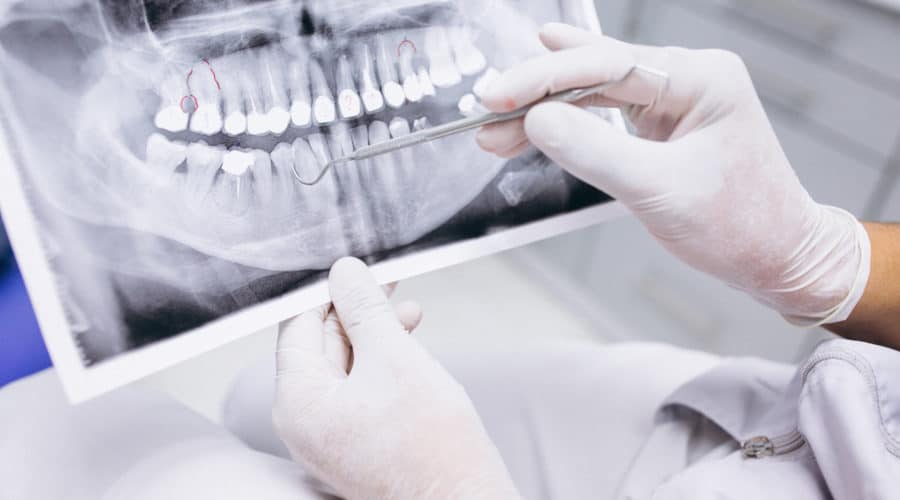Schedule an appointment with a dentist for the first time or even after a long period without dental care, and chances are, you will be given a dental x-ray right off the bat. Even though it may seem like getting x-rays of your mouth and teeth is a little unnecessary, there are actually very good reasons for obtaining x-rays at the dentist office. Here is a closer look at the different types of x-rays that dentists usually give of the oral area, and what the different types are usually used to find.
Bitewing X-Rays
Perhaps one of the more commonly performed x-rays, bitewings are performed by placing a bite disk between the jaw teeth and snapping a radiological image while you bite down.
These x-rays give the dentist a close-up look at how your jaw teeth align and any decay that may be present. Bitewings are often used when a orthodontist is taking a look at wisdom teeth or problematic molars, but is just as commonly used in general dentistry.
Occlusal X-Rays
If you are ever in an accident that leaves you with something foreign stuck in either the roof or flooring of the mouth, you may be given what is usually referred to in dentistry as an occlusal x-ray. This x-ray is a process that is accomplished by placing a small disk on your tongue and while your mouth is closed, an image is recorded of the top and bottom of the oral cavity.
Panoramic X-Rays
The panoramic x-ray is performed by having a patient sit or stand still while biting down on a oral plate that fits between the front teeth. While biting, a panoramic x-ray machine moves around your face and head to capture images of the entire jawline, tongue, teeth, and oral cavity.
The panoramic x-ray is one of the most comprehensive x-ray types because it can reveal just about any present problem with the teeth, gums, or otherwise. Therefore, it is commonly used for children and in cosmetic dental practices.
Getting familiar with the different types of dental x-rays will help you be more prepared as a patient. Talk to your dentist if you would like to know more about the specific types of oral x-rays they use in their office.


